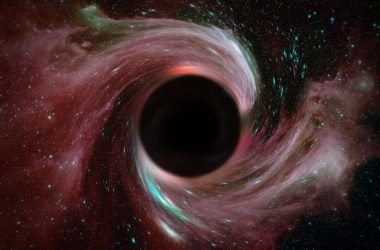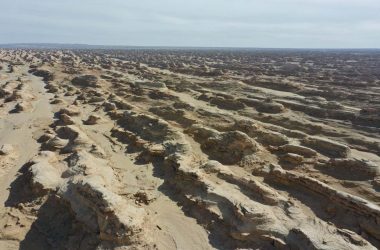The moon may have formed at least 4.46 billion years ago – 40 million years earlier than we thought
NASA/JPL/USGS
A recent reanalysis of lunar rook has led to a revision of the moon’s age, extending it by 40 million years. This suggests that the moon formed around 4.46 billion years ago.
Scientists propose that the moon came into existence as a result of a collision between Earth and a Mars-sized planet, which caused a ball of molten rock to be launched into space. As this molten object cooled and solidified, zircon crystals, known as silicon crystals, were formed. Zircon crystals are remarkably durable and can therefore provide insights into the moon’s earliest stages.
Zircon crystals contain radioactive uranium, which decays into lead at a consistent rate. By measuring the amount of lead and uranium present in a rock sample, scientists can determine its age.
Researchers, led by Philipp Heck at the University of Chicago, have conducted a new analysis of zircon crystals obtained from lunar rock brought back during NASA’s Apollo 17 mission in 1972. They used a technique called atom probe tomography to examine the zircons and found them to be approximately 4.46 billion years old.
Heck explains, “We now have a date for the zircons, which allows us to estimate when the magma ocean solidified or mostly solidified. This finding essentially anchors the entire lunar chronology, serving as a crucial reference point in our understanding of lunar history.”
Prior to this analysis, the zircon sample had been examined in 2021 using mass spectrometry, which indicated that the sample was old but could not definitively determine if the lead present was a result of radioactive decay or simply coincidental.
Atom probe tomography, on the other hand, provides a high-resolution analysis of the atomic composition and arrangement of a sample. This technique involves using a beam of charged particles to extract an incredibly thin section of the sample, consisting of just a few atoms, and then using a powerful laser to evaporate these atoms into a mass spectrometer for analysis.
It is well-established that the solar system formed approximately 4.57 billion years ago. Therefore, by refining the age of the moon, we can narrow down its formation timeline. Mahesh Anand at the Open University in the UK explains, “Previous studies have indicated that the moon formed around 50 million years after the formation of the solar system. By combining those findings with this new research, we are left with a narrow time window of approximately 50 million years for the moon’s rapid formation and solidification.”
Topics:












